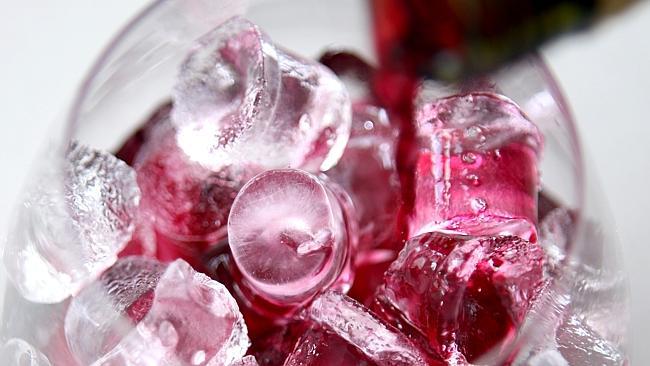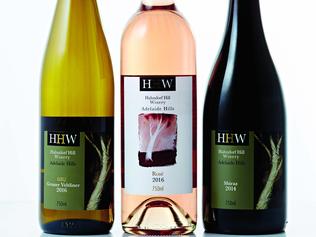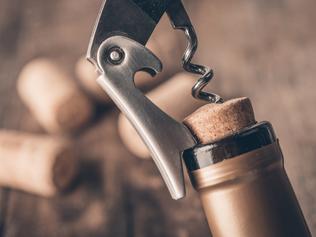Wine: A chilling end to the hottest red
Too many restaurants go to great effort getting other details right, then treat wine storage as an afterthought.

Restaurateurs of Australia, can we have a quick word? It’s about the temperature of the red wine you’re serving: more often than not it’s just too damn warm. And, at the risk of sounding like an old fogey (bit too late for that, I suspect), it’s ruining my night out.
It happened to me again just the other day at a hot — literally hot — new restaurant: busy, buzzy, loud, packed with people, all the hallmarks of hospitality success. I’d just finished a negroni and ordered my meal and a bottle of red, a nice nebbiolo from Italy. It came out, the waiter uncorked it and poured me a taste to check if it was OK. I sniffed the glass, it smelled fine, so he poured for the rest of the table.
But when he’d gone and I took a sip, I realised the wine was the same temperature as the room: a little too warm. Nebbiolo is famous for producing wines that are grippy, savoury, mouth-watering. But because this one was lukewarm, all those sensory characteristics had been dulled; instead it tasted a bit soupy and flat. The restaurant was really busy by now so, rather than try to flag down the waiter to ask for an ice bucket, and then wait for 10 minutes or more for the wine to chill down a little, I scooped up an ice block from my negroni glass and plopped it into the nebbiolo. A quick swirl and voila: the wine tasted so much better — tighter, fresher, more delicious. As it happened, the residual flavours of the negroni — bitter Campari, fragrant gin, spicy vermouth — also were remarkably simpatico with the flavours of the nebb. (I could be on to something here …)
Look, I realise that slightly too warm red wine is about as First World a problem as it’s possible to have. But it does irk me, as a regular diner-out, that too many restaurants go to an enormous amount of effort and expense getting all the other details right — the best ovens, the flashest furniture, the most gorgeously designed menus — but seem to treat the storage and service of wine as an afterthought. This slapdash attitude is particularly mystifying when the wine is often the largest single spend item on the bill and a major source of profit for the restaurant.
So, what can restaurants, and diners, do to improve the situation? For a start, consider allocating some of the set-up budget for the restaurant to dedicated, temperature-controlled red wine storage as well as the fridges you’re going to put in for the wines that need to be served cold.
And if you can’t do that, if storage space is at a premium (as it is in so many restaurants), please be more thoughtful about where you keep your bottles: don’t stack them up in racks above the bar or — worse — above the chef’s flashy new open-range kitchen, where the ambient temperature is going to be in the 30s. You may as well store your shiraz in the sous-vide machine and cook it properly.
And diners, when you walk into a restaurant, try to look out for where the reds are being stored and use your initiative. If the room’s warm and the bottles out on display are the ones being opened and poured at table, think about choosing what you want to drink as soon as you can, then ask for a taste and don’t be afraid to ask for the bottle to be chilled for you, in the fridge or an ice bucket. Alternatively, have a freshly made negroni full of ice cubes constantly on hand in case of emergencies — which is good life advice when you come to think about it.



To join the conversation, please log in. Don't have an account? Register
Join the conversation, you are commenting as Logout